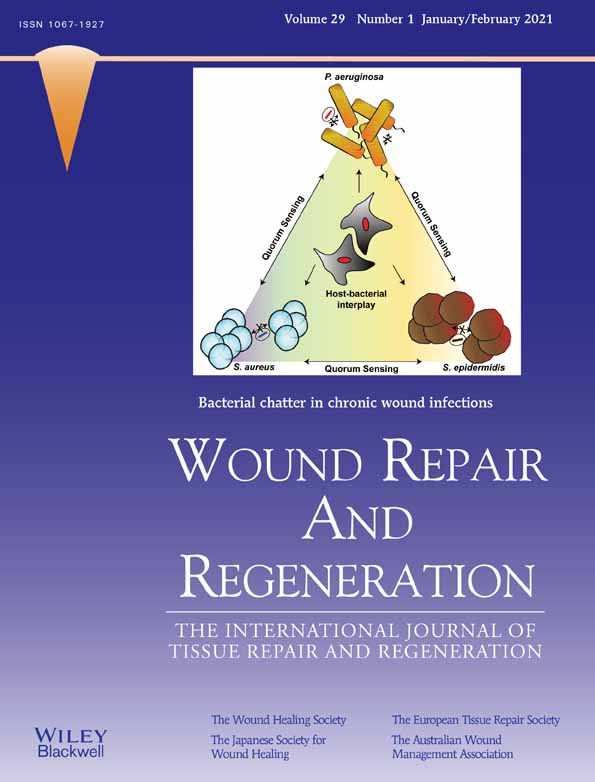Association of Pressure injury with body care activities in nursing homes
Funding information: AHRQ award, Grant/Award Number: 1R18HS019979-01A1
Abstract
Frequent repositioning and skin examinations are the cornerstone of many pressure injury prevention programs. This study explores the hypothesis that frequent skin-exposing body care activities are protective against pressure injuries in residents of long-term care facilities. We designed a cross-sectional observational cohort study of 381 residents from 13 such facilities. Data were collected on resident characteristics and nursing care activities for each resident. We analyzed those data, looking for an association between skin-exposing body care and the presence of a pressure injury of stage 1 or greater. Body-exposing care activities were divided into high- and low-frequency groups. A logistic regression model was developed to include confounding variables. The odds ratio associated with body care and pressure injury was calculated. Fifteen percent of the residents in our study had pressure injuries. Confounders were activities of daily living score, heart failure, recent hospitalization, and stool incontinence. The adjusted odds ratio for body care as a risk factor was 4.9 (95% CI, 2.4, 10.4), indicating that residents with more than five body care needs are approximately five times more likely to have a pressure injury. Our results fail to support our hypothesis that frequent skin-exposing body care activities protect against pressure injury. Further exploration is needed to understand the resident characteristics and co-morbid conditions associated with the persistent risk for pressure injury despite frequent skin examinations.
CONFLICT OF INTEREST
Authors have no conflict of interests.




